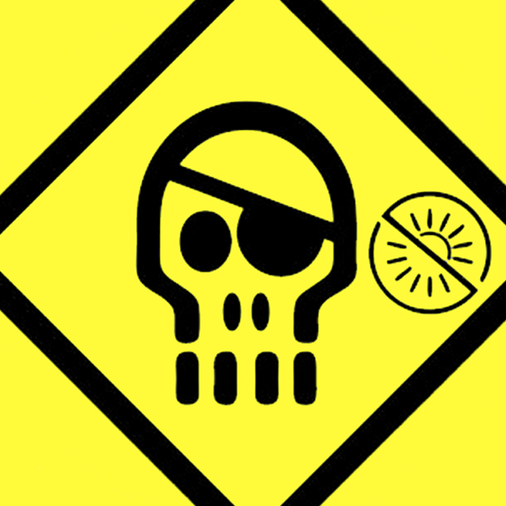I see so much info about printing with larger nozzles and such. Not much on smaller. Is there anything I should worry about that I might not be expecting?
Be careful printing filaments like glow in the dark, shimmer, marble, galaxy, wood, etc with particles in it since they can clog up the small orifice of the nozzle.
Why did the end of that sentence make me feel uncomfortable?
Please do not be alarmed, we are about to engage the nozzle.
Maybe “small orifice” triggers you like words such as “moist” does with some people?
I’ll clog your small orifice of the nozzle with something moist.
mmmmm, moist orifices…
Not sure about Marble and Galaxy, but I would avoid printing the rest with less than 0.4. Most wood filaments recommend 0.6 or above.
Correct me if I’m wrong, but the ‘good’ ones have larger wood chips. Cheaper wood infill usually have small bits or dust, which should actually work better at .4 (and don’t look/feel as good).
Not sure about that. I would say that in better quality wood filament the particle size is more uniform/consistent.
Subjectively, I think they look better with a bigger nozzle and layer height, and specially of you sand it.
Besides the wear already mentioned you’ll definitely want to redo all your tuning. Retraction, pressure advance, etc is very different at that size. That applies to any nozzle diameter change but especially when you go smaller.
Also, if you’re going small for detail you may also want to focus on slowing down and finding the right temp to speed balance. Especially since there’s no point upping flow and losing quality.
I’ve done it a few times and had some luck but man the time to print was a pain. That being said I’ve never done anything like mini figs with a smaller nozzle but some have so definitely look for some resources there since the people who do that would be the best ones to give tips on getting quality from small nozzle FDM
For that reason I’ve always resolved that if I ever go for a smaller nozzle at some point I will probably get a smaller, cheaper dedicated printer to run that on exclusively, and leave my big printer for big stuff, with a bigger nozzle. Swapping back and forth between the two all the time sounds like a pain in the ass.
Re: the effects of nozzle wear being more noticeable with smaller sizes, I would probably also invest in a ruby or diamond nozzle – which I’ve already done at 0.4 for my current main (and only) printer.
I’ve always been intrigued with being able to create finer details but honestly, since I don’t do any tabletop or have any need to create miniatures I’ve never actually come up against anything I’ve modeled that my 0.4mm nozzle wasn’t able to produce. I am occasionally surprised at some of the tiny details my printer is able to create which are still somehow smaller than its nozzle diameter. Presumably all down to slicers being significantly smarter these days than they were even a few short years ago.
I will probably get a smaller, cheaper dedicated printer to run that on exclusively, and leave my big printer for big stuff, with a bigger nozzle
That’s actually why this is happening, lol. I got a bigger printer so my older smaller one is going to be just for tiny nozzle.
You’ll quickly find out which brands of filament aren’t of the highest quality, haha.
Pro-tip: PETG (even the shittiest brands) won’t clog 99.999% of the time 👍
(There’s always contaminants that can make their way into any filament… Even large chunks of dust/gunk in your house)
Overhangs were the biggest issue I found. So much so that I moved back to a 0.4 after a month of faff trying to find settings that would compensate.
I use my printer mainly for minis, and figures that would print supportless on the 0.4 nozzle needed huge amounts of supports at 0.2 in order to print without missing chins etc.
That said, the level of detail that I could achieve was better, particularly on the hair, but not enough to compensate for all of the extra faff and wasted plastic.
idler tension.
depending on your print, if you want a tiny nozzle it seems likely it is some detailed figurine of some sort. maybe a miniature.
when you print very tiny structures, but retract a lot, your drive gears can chew through your filament pretty quickly, because the retraction happens over the same bit of filament over and over again (because actual extrusion is so little).
You can expect more layer adhesion challenges because the PLA will cool rapidly before the next layer is put down. Smaller parts tend to do better at these resolutions.
Some filaments will clog a lot and may even destroy the nozzle. Anything with carbon fibers in it I would avoid.







